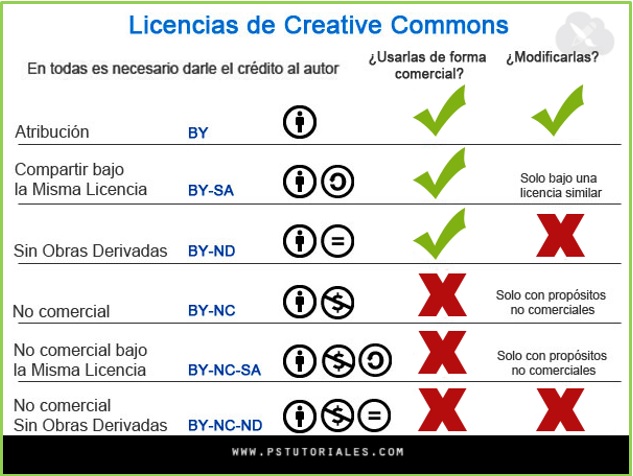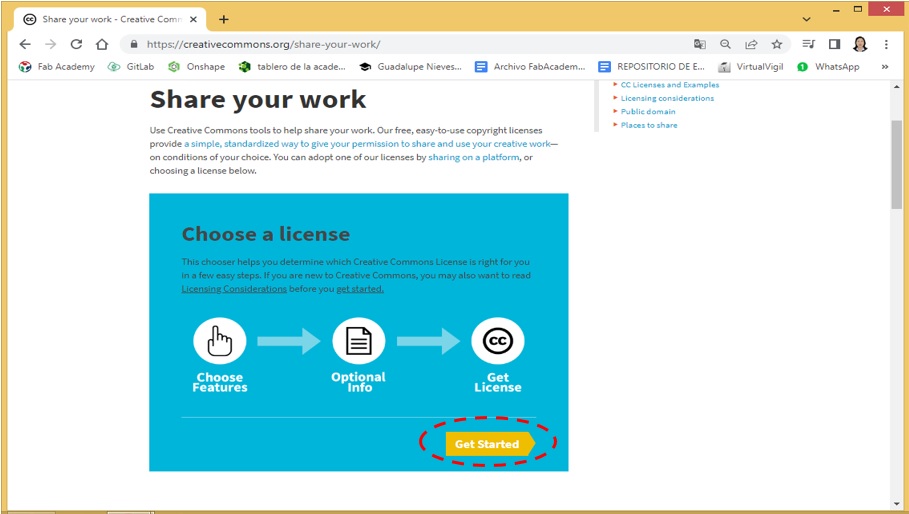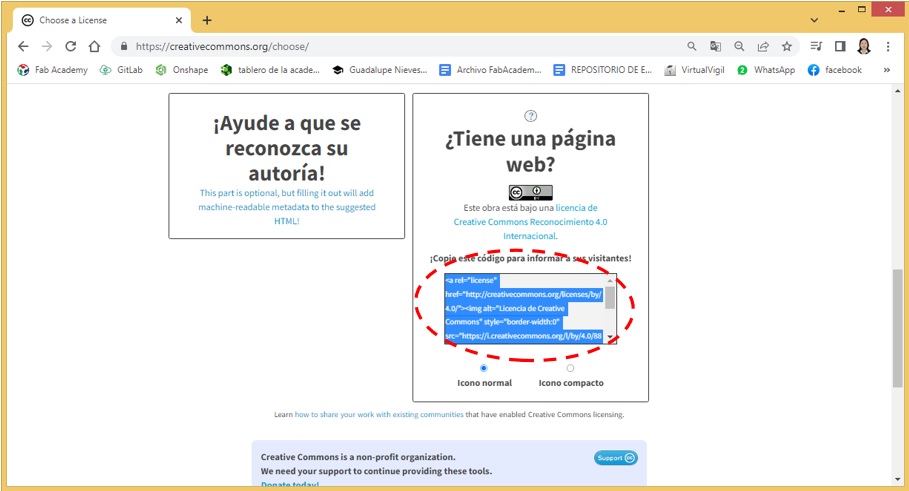18. Invention, intellectual property and income¶
Working individually¶
Considering that the objective is to manufacture an automatic gel alcohol dispenser, it was considered convenient to develop the following activities:
1. Identification of the need.
2. Solution approach.
3. 3D Design: Gel Alcohol Dispenser Shell.
4. 2D design: Electronic card housing.
5. 3D Design: Bras.
6. Electronic card design.
7. Mini-mill cut: PCB.
8. Assembly and welding of electronic card.
9. 3D Printing: Gel Alcohol Dispenser Case.
10. 3D Printing: Bras.
11. Laser cut: Electronic card casing.
12. Assembly of dispenser parts and arduino card.
13. Test.
For a better appreciation and interpretation of the activities to be developed in the project, they were taken to the project management software, Microsoft Project.

It should be noted that our digital manufacturing laboratory was only implemented on April 20. And due to situations of administrative processes, we were only able to use it from the third week of June, as it appears in the Gantt Diagram (Activities in red).
As the project progresses, the following application made in Power Point will be fed:

A preview of the project is shown in the video.
Intellectual property
It is the property right associated with any creation of the human mind that protects the rights of the authors of any work of a scientific, literary or artistic nature.
Free Licenses
They are licenses that defend a more free and shared use of works and grant authors the possibility of not exercising all the exploitation rights provided for in the intellectual property law: they can establish their own limits allowing authors to have greater control over rights to their works and easier management. In this way, they provide users with better access to the works and a use of them with fewer restrictions.
At a general level, the most widely used free licenses currently for various creative works are the so-called Creative Commons licences.
Creative commons licenses
Creative Commons licenses allow authors to assign, under certain conditions, some of the rights to their works and keep another part of them.
Creative Commons
Each Creative Commons license details what rights the author gives up, under what conditions, and what users can do with the work, especially if they want to republish or modify it. There is no single license, but rather, at the will of the author, different combinations can be made. In all of them it is essential to acknowledge the authorship of the work.
Basic conditions
Four basic conditions are combined in the Creative Commons licenses: Attribution, Non-Commercial Use, No Derivatives, and Share Alike.
• Attribution- Attribution (BY), by which the author allows others to copy, distribute and display his work (or works derived from it) as long as they cite his authorship.
• Non-Commercial Use -Non Commercial (NC), the author limits the exploitation of the work to non-commercial uses, thus allowing others to copy, distribute and display his work (or works derived from it) without commercial purposes.
• No Derivatives-No Derivatives (ND), allows the work to be reused, but not for the work to be modified, or for derivative works to be created from the original. The author allows others to copy, distribute and display his work as it was created, without modification.
• Share Alike -Share Alike (SA), which allows reuse and modification of the work but includes the condition that the derivative works created are published under the same license. The author allows others to distribute derivative works of his work as long as they do so under a license equal to that of the original work.
CC License types
Combined the conditions can generate 6 different Creative Commons licenses:

Procedure for obtaining a license
In order to share my work, I go to the page https://creativecommons.org

And click on Share your work.

Click Get Started.

We specify the characteristics of the license by simply activating the corresponding buttons. In my case, I want the adaptations of my work to be shared and I want their commercial use to be allowed.

You must copy the generated code and then paste it into the corresponding place on my FAB ACADEMY website.
Useful links¶

Este obra está bajo una licencia de Creative Commons Reconocimiento 4.0 Internacional.